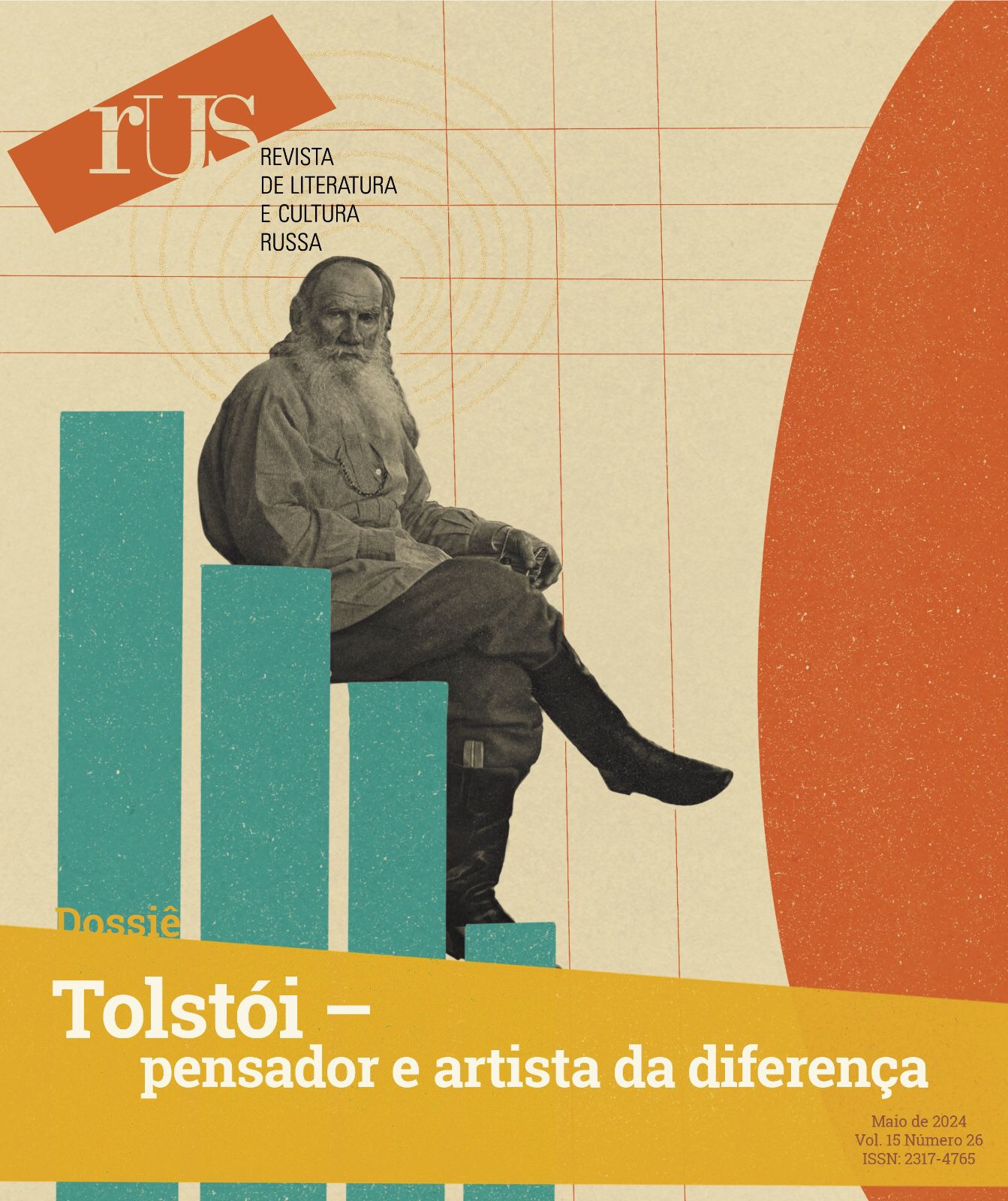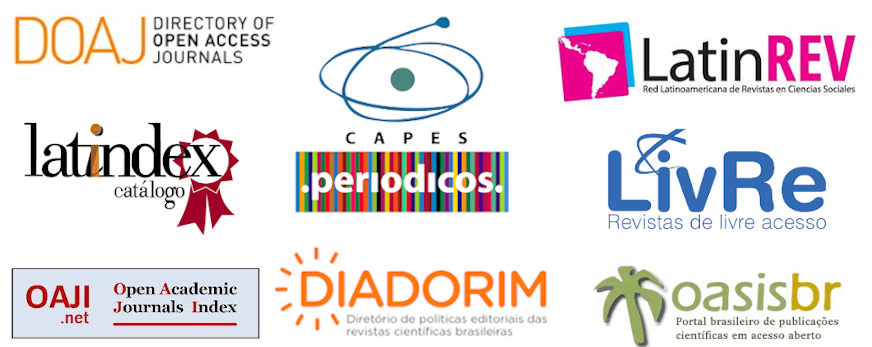Anna Karenina: Illustrative Character Interfaces
DOI:
https://doi.org/10.11606/issn.2317-4765.rus.2024.222278Keywords:
Anna Karenina, Tolstoy, Analysis, Semiotic DialogismAbstract
This study analyzes and compares three illustrations of Anna Karenina, a character from Liev Tolstoy’s novel. They were published in media channels with diverse objectives and audiences. The first illustration is translated into an artistic and personal portrait of Anna K. by a Polish artist in a digital magazine. The second illustration in an American magazine, also accessible online, refers to a character’s speech in Tolstoy’s novel, illustrated with a traditional matryoshka doll. The third illustration is from a Japanese manga, translated and edited in Spain in a pocket book format. In the manga that bears her name, Anna Karenina’s illustration showcases the invariant traits of this comic book style but gives the signifier another connotation as a specific means of mass communication. Far beyond the verbal vs. non-verbal opposition, these interfaces articulate perceptions and points of view. The awareness of the dialogical relationship between the symbols and the reader highlights fundamental ideologies as pathways of interpretation, with emphasis on semiotic analysis.
Downloads
References
BAKHTIN, Mikhail. Estética da criação verbal. São Paulo: Martins Fontes, 2006.
FASSLER, Joe. Seção By Heart - Periódico on line The Atlantic, de 3 de novembro de 2015 https://www.theatlantic.com/entertainment/archive/2015/11/by-heart-mary-gaitskill-tolstoy-anna-karenina/413740/ - Acesso em agosto de 2021.
GROENSTEEN, Thierry. O sistema nos quadrinhos. Nova Iguaçu, RJ: Marsupial Editora, 2015.
LOTMAN, I.M. Sobre o problema da tipologia da cultura. In: Semiótica Russa – Organizador Boris Schnaiderman. São Paulo, Perspectiva, 1979.
LUYTEN, Sonia B. Mangá, o poder dos quadrinhos japoneses. São Paulo, Hedra, 2012.
ROSSIGNOL, Susana (Redatora e fundadora da Geração Friki – seção “Comics”).
https://www.generacionfriki.es/comics/anna-karenina-una-adaptacion-al-manga-que-pierde-la-esencia-de-la-novela/ - Acesso em 06/02/2024
TEZZA, C. Entre a prosa e a poesia: Bakhtin e o formalismo russo. Rio de Janeiro: Rocco, 2003.
TOLSTÓI, Liev. Anna Kariênina. Tradução de Rubens Figueiredo. São Paulo: Companhia das Letras, 2017.
TOLSTÓI, León. Anna Karenina el manga. Barcelon: La otra h, 2017.
WRZOSEK, Agnieszka. Anna Karenina, ilustração para K Mag magazine on line, março de 2013. (https://cargocollective.com/agiewu/Anna-Karenina).
Sem autoria. La otra h (www.laotrah.com) - Selo gráfico da editora Herder. Acesso no blog https://herdereditorial.com/coleccion/la-otra-h?utm_source=herder&utm_medium=organic&utm_campaign=08&utm_id=blogmenu - Acesso em 03/02/2024
Manga de Dokuha. Wikipedia – enciclopédia livre. https://en.wikipedia.org/wiki/Manga_de_Dokuha - Acesso em: 03/02/2024.
Downloads
Published
Issue
Section
License
Copyright (c) 2024 Elisabet Gonçalves Moreira

This work is licensed under a Creative Commons Attribution-NonCommercial-ShareAlike 4.0 International License.
Authors who publish in RUS agree to the following terms:
a. Authors retain copyright and grant the journal right of first publication with the work simultaneously licensed under a Creative Commons Attribution 4.0 International License (CC BY-NC-SA 4.0) that allows others to share the work with an acknowledgement of the work’s authorship and initial publication in this journal.
b. Authors are able to enter into separate, additional contractual arrangements for the non-exclusive distribution of the journal’s published version of the work (e.g., post it to an institutional repository or publish it in a book), with an acknowledgement of its initial publication in this journal.
c. Authors are permitted and encouraged to post their work online (e.g., in institutional repositories or on their website) prior to and during the submission process, as it can lead to productive exchanges, as well as earlier and greater citation of published work (See The Effect of Open Access).





